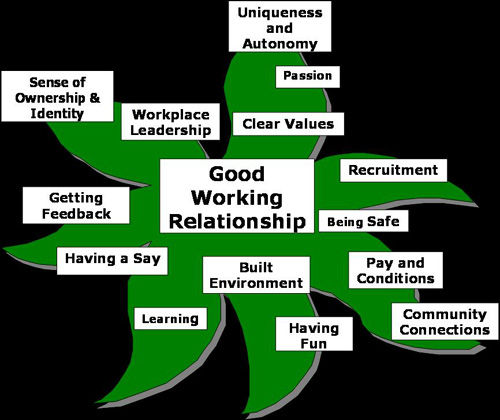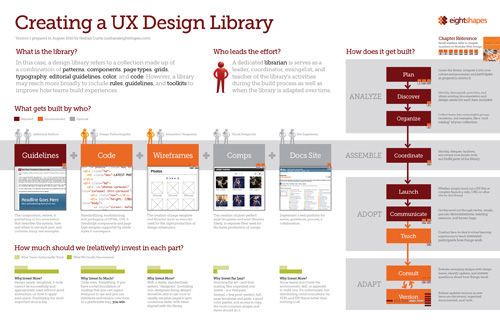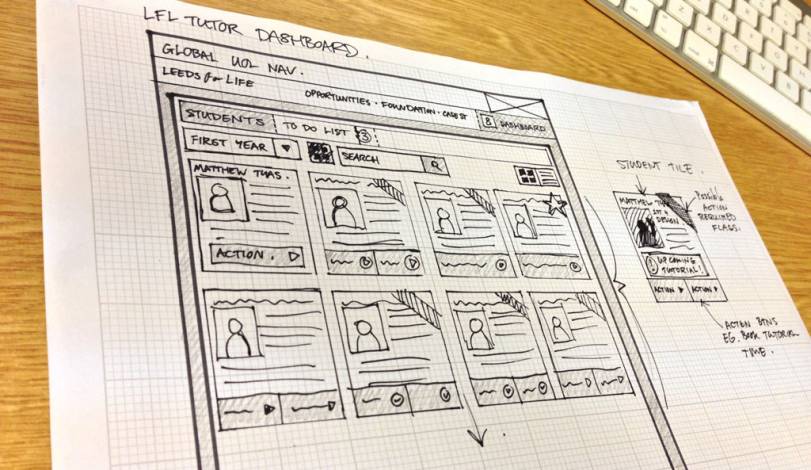If you’re a UX designer there’s a good chance that sooner or later; you’re going to find yourself working in-house for a client. This can be a wonderful chance to develop the soft and hard skills of consulting but without careful attention to your approach; it can leave you alone and frustrated too.
So with that in mind, we’ve got some tips to increase the chances of succeeding in that in-house role:
UX Evangelism is Necessary
You need to be able to promote the value in the work you do. Many in-house consultants don’t have a sales and marketing team to call on to do this; so they have to do it themselves. This really boils down to making people aware that there’s a UX service in the building and helping them understand how this can be of benefit to them. You don’t need to turn into the salesperson from hell but you do need to devote some time to evangelism to get it right.
Develop Strong Relationships
You’re not going to achieve very much by yourself. You need allies for UX work and that means developing relationships within the organization. This should be as an ass kissing suck up but rather by determining what it is people need from UX and their own priorities and then helping them deliver their objectives through your work. Talking to people is a good step to developing relationships.

Keep Developing Your UX Skills
You’ll find that most in-house roles require a greater degree of generalism than project specific roles and that means broadening your own horizons. You’ll need to be able to a bit of IA, usability testing, interaction design, research, etc. and that means pursuing a UX education as you work. Whether you do this through book learning, online learning (such as our own programs), classroom learning or take a blended approach isn’t important – what is important is that you do it.
Take UX to a Wider Audience
In-house roles tend to be tied to smaller development teams which means that you have a big burst of activity and then… you’re waiting for the next project to start. You can increase the reach of UX by learning to contribute to other projects. There’s no reason that you can’t bring UX skills to bear on internal processes, for example, and improve the user experience of being an employee. Reach out to other parts of the organization and see where you can add value.
Network
While working alone can be a wonderful thing; it does limit your exposure to new ideas. It’s important to find a UX network (on or offline). They can provide support when things aren’t going well and new ideas too. You can contribute in a similar manner. Most importantly it will give you a sounding board of experienced people who can constructively criticize and enhance your overall skillset. Check out our local groups as a starting off point for this.

Recognize Your Own Limits
The solo practitioner cannot deliver the kind of service that a large UX team can. You need to be aware of this when you propose research and ideas. You are only human and working 100 hours a week will very quickly destroy the love you have for UX. Make certain that your proposals are reasonable and based on your own capacities and capabilities. There’s no point in setting yourself up to fail. If the best solution requires more resources – then you need to ask for those resources or scale down to the second (or third or fourth) best option if you can’t get them.
You Need to Focus on the End Result
It might seem obvious but UX design is all about delivering a great end user experience. Big UX teams often split their focus between the end result and all the stages in between. They create large lists of deliverable items and make beautiful, detailed documentation for their clients. The trouble is that the solo UX designer can’t deliver as many detailed documents and produce the end-result. If you have to cut corners, it should be on mid-project documentation and not on the design for the end user.
Consider Building Internal UX Capacity
Just because you have no budget for other UX team members it doesn’t mean that you can’t rope in other people in the organization to get involved unofficially with UX. You can bring people together to talk about UX. You can invite them to get involved in UX projects and show where there’s a benefit to their own work. You could share training materials with them. You can create a mailing list about UX ideas and share your thoughts with that list. You may even be able to get people to dedicate some of their time to attending UX networking events with you too.
Build a Library of UX Resources
See if you can get a budget for UX books, templates, etc. Then create some useful UX tool templates yourself and bring them together in a single repository where everyone can access them. This can be really helpful not just to your peers but also to you – you never know when something you’ve done in the past can be recycled to help a new project. A library of UX resources can be incredibly helpful to you as well as other folks in the business.

Learn to Be Patient
In-house resources often have to battle to get the importance of UX work understood within the organization and to have the outputs accepted by the wider project team. Nobody said that you would be blessed with instant success and total acceptance. There’s a need for patience in in-house roles. You will, if you stick at it, eventually convince others of the importance of UX – but it may take some time. Patience is the key to long-term happiness in an in-house UX role.
Imgs:
http://matthewtyas.com/wp-content/uploads/2013/01/prototyping2.jpg
http://www.neon.org.nz/images/Exceptional_workplaces2.jpg
https://www.interaction-design.org/images/ux-daily/54ec78af0ccaaaef6ef1b22a1d73bc4fc721efb732de1.jpg
http://www.uie.com/articles/images/design_library/CreatingAUXDesignLibrary.500.jpg











